Ozzie Smith Bio: In His Own Words – Video Exclusive, News, Photos, Age
Ozzie Smith Biography
Osborne Earl “Ozzie” Smith was born December 26, 1954, in Mobile, Ala., to Clovi, a sandblaster and truck driver, and Marvella Smith, a nursing home aide. He was the second of their six children. Though born in Alabama, Smith and his siblings were raised in Watts, Los Angeles and endured the riots that took place in 1965.
Smith’s parents, specifically Marvella, stressed the importance of getting both an education and following one’s dreams. While Smith himself played a number of sports, it was baseball that he gravitated towards, showing an incredible capacity and talent for the game.
Ozzie Smith and the San Diego Padres
Though originally scouted and picked by the Tigers in 1976, Smith landed with the Padres in 1977 playing shortstop—a position he would play with distinction for years to come. His rookie year was a particularly good one, making a huge play on Braves fielder Jeff Burroughs.
Fans were fond of Smith. He was personable and friendly at fan meet and greets. One of his trademarks was a backflip—a talent he picked up vaulting off inner tubes as a child—and originally only performed them for fans before games. Promoter Andy Strasberg suggested he do it at Fan Appreciation Day, and did so to much acclaim. The backflip became something he did somewhat often—usually in celebration—for fans in attendance and on television as well. The backflip became his trademark.
Three years with the Padres had been fruitful for both parties. However, things began to sour. Smith was more of a field player and so his batting average was low. Despite high numbers as a shortstop and several newsworthy plays, he was last on the team in batting numbers. Behind the scenes, contract negotiations between Smith (with his agent Ed Gottlieb) and Padres owner Ray Kroc were going nowhere.
Eventually, in 1980, a contract managed to be ironed out. According to Gottlieb, the figure was a lowball one. This led to a minor public feud between Gottlieb and Joan Kroc, wife of manager Ray Kroc. Gottlieb had taken out an ad in the paper that suggested a Padres player needed a part-time job to supplement his income; in turn, Joan Kroc publicly offered Smith a job as landscaper of their home. Things were deteriorating.
Despite the difficulties, Smith’s 1980 season with the Padres proved successful. Smith set the single-season record for most assists by a shortstop and won his first of thirteen consecutive Gold Glove awards; this led to his nickname “The Wizard”—a reference to The Wizard of Oz—which followed him throughout the rest of his illustrious career, which, after the 1980 season, would no longer be with the San Diego Padres.
Ozzie Smith and the St. Louis Cardinals
While Smith was beloved by fans, management was tired of his agent. Gottlieb’s antics had become too much to deal with, and the only way to get rid of him was to trade Smith to another team. This was not a decision management—or Smith—was fond of. When the Cardinals began trade negotiations, it was believed that Smith was essentially “untouchable” since he was so popular and talented.
However, anger at Gottlieb overshadowed all of Smith’s skills. Despite being content with his team and comfortable living in San Diego, Smith accepted his trade to the St. Louis Cardinals and set up a new life in Missouri. The change was a benefit; Cardinals management was easier to deal with and made Smith, as he put it, feel wanted and needed. Whitey Herzog, the team manager, confided early on to Smith they would win the pennant with Smith on the team.
Contract negotiations were long; most of 1981 had been wasted, but in the 1982 season, Herzog’s prediction would prove accurate.
Ozzie Smith and the 1982 World Series
The year 1982 proved to be a banner one for Ozzie Smith. That year, his wife Denise, whom he met while she was an usherette at the Padres’ stadium, gave birth to their first child: OJ Smith—who would become a famous singer thanks to American Idol under the name Nikko Smith.
Whitey Herzog was a hands-on manager, helping improve Smith’s offensive abilities, which improved both Smith’s numbers and the team’s. This was during the Golden Age of the Cardinals’ leadership. Dubbed “Whiteyball,” Smith along with close friend Willie McGee and fellow teammates Tom Herr and Vince Coleman were the poster children for Herzog’s style and were at the center of the team’s best years.
In the post-season, the Cardinals faced the Braves—and in an act of historical cyclicality since Smith’s career truly began in his game against the Braves in 1977, and at the climax of his career, he faced them again—the Cardinals would go over the Braves to win the 1982 NLCS championship, and were heading to the World Series to face the Milwaukee Brewers. The Cardinals would take the series in Game 7 with a score of 6 to 3.
After this, Smith would go on to receive many awards and sign a lucrative million dollars a year contract to remain with the Cardinals.
Ozzie Smith and the “Go Crazy, folks!” Call
As historic as the ’82 World Series was for the Cardinals, fans, and Ozzie Smith, it’s arguable that the bigger moment for him personally took place three years later in Game 5 in the 1985 NLCS. Smith took the bat, and after 3,009 turns over his entire career, hit his first home run which ended the tied score and took the game home for the Cardinals. Play-by-play announcer Jack Buck called the comment as it happened: “Smith corks one into right, down the line! It may go . . . Go crazy, folks, go crazy! It’s a home run, and the Cardinals have won the game, by the score of 3 to 2, on a home run by the Wizard! Go crazy!” Fans did indeed go crazy, and later voted it as the best moment in Busch Stadium history.
Ozzie Smith Interview
Ozzie Smith spoke with uInterview, discussing his career, baseball in general and his role on The Simpsons. Smith was particularly passionate about the role steroids have played in baseball over the last fifteen years, and we asked him whether juicing players should still be in the Hall of Fame.
“The last 10 or 15 years have been turbulent as far as the game of baseball is concerned,” Smith told uInterview exclusively. “I think Major League Baseball and the Commissioner’s office has done a great job at putting in a deterrent, and a deterrent being something that deprived someone of the ability to do what it is that they love to do.”
Ozzie Smith Later Years and The Simpsons
Smith continued with the Cardinals for the rest of his career before retiring in 1996. In the intervening years, the Cardinals had no more World Series victories, though Smith’s record remained excellent through accruing and nagging. By 1990, the structure of the Cardinals had changed—owner Gussie Busch passed away in 1989 and Herzog quit during the 1990 season.
Smith’s visibility in the media was still at an all-time high. He was known for dressing well, and was on the cover of GQ in 1988; in 1992, Smith played a parodied version of himself in the classic Simpsons episode “Homer at Bat” which found “Smith” disappearing through a hole in space-time continuum during a game. The episode was hailed as a classic and when asked about the possibility of returning to the series, Smith told uInterview: “If I’m asked, I will! Once I get out of that hole!”
Watch Ozzie Smith’s full uInterview here:
Ozzie Smith, Age News
RELATED ARTICLES
Get the most-revealing celebrity conversations with the uInterview podcast!

![Ozzie Smith Talks ‘The Simpsons,’ Baseball Hall of Fame, African-Americans In MLB [EXCLUSIVE VIDEO]](/blank.gif)
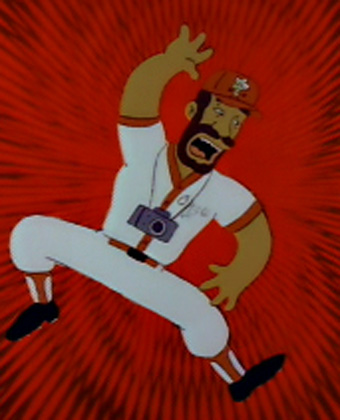
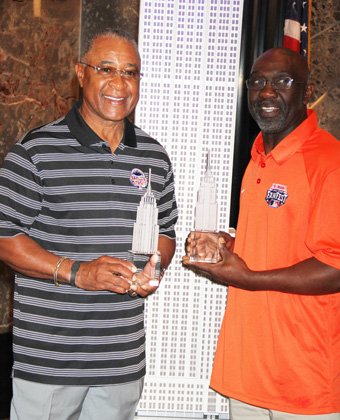
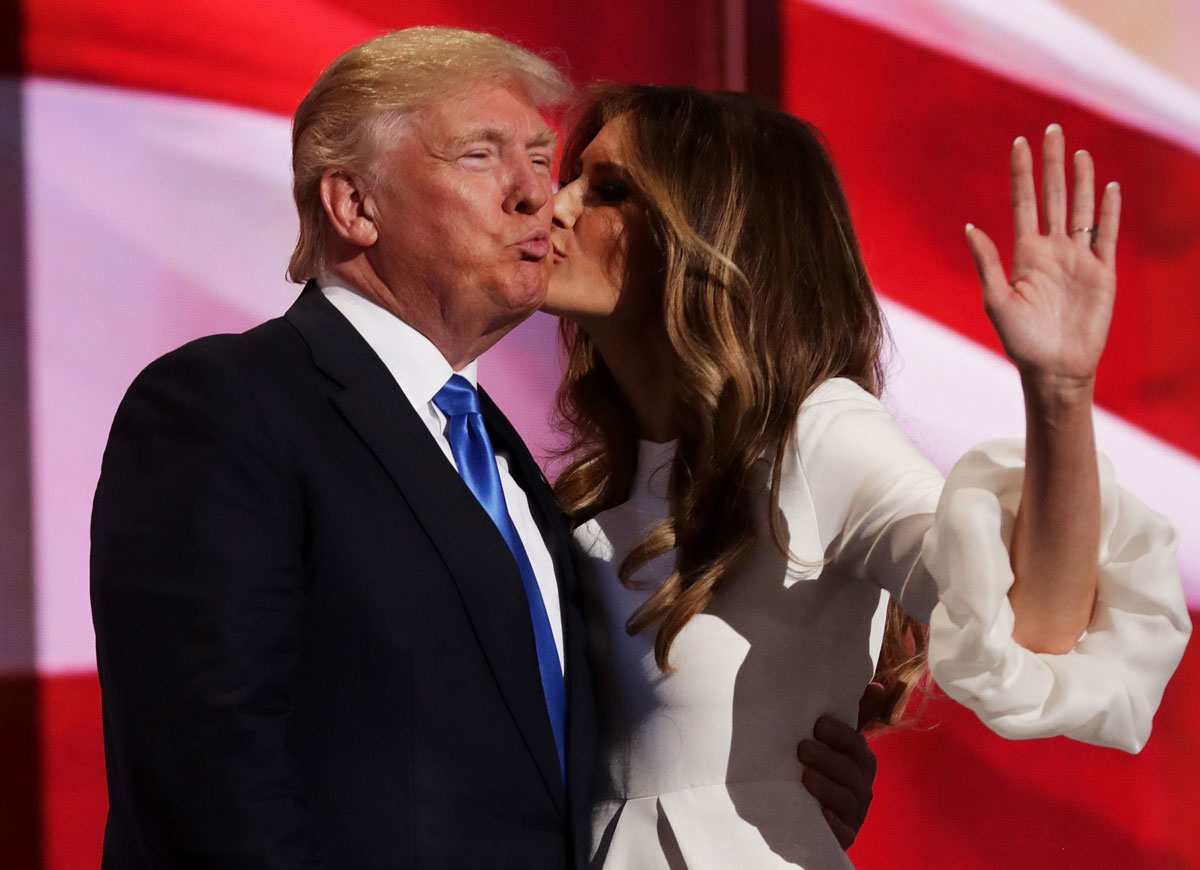
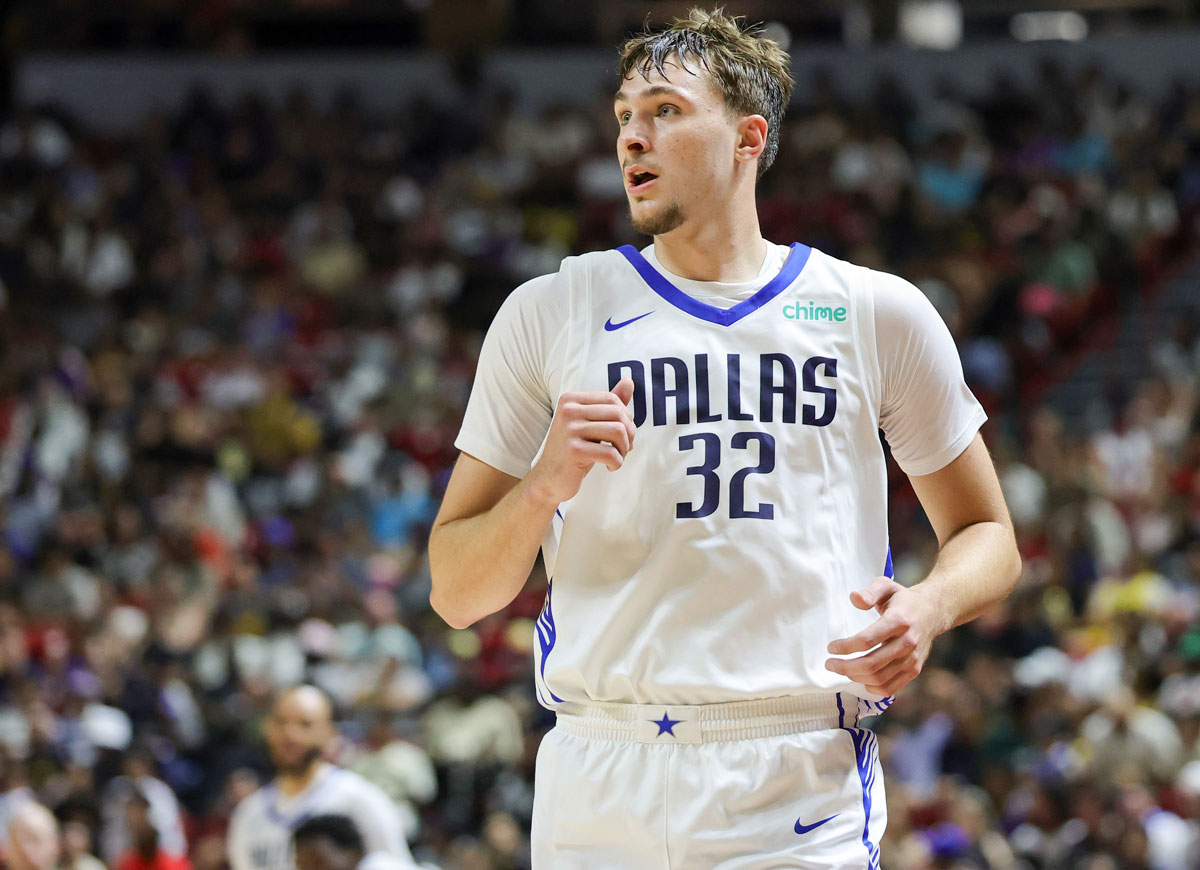
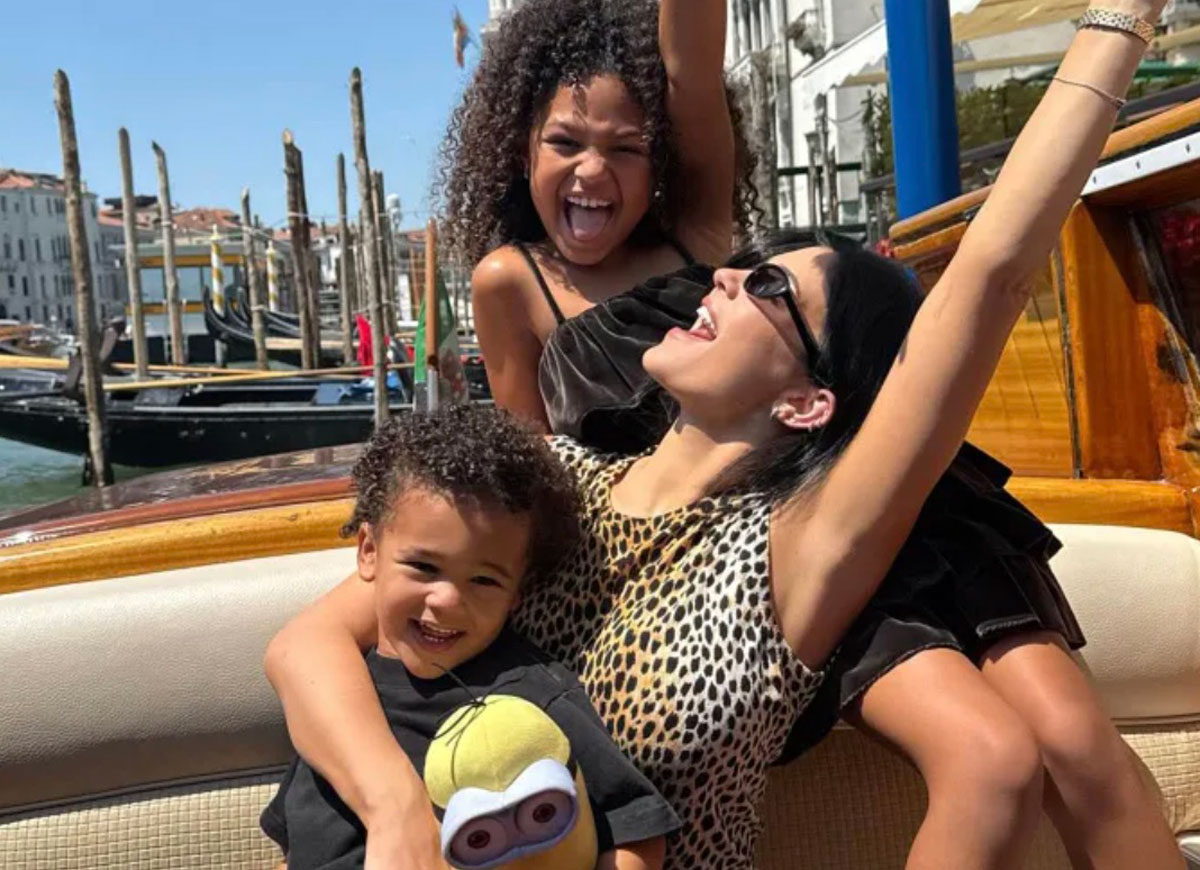
Leave a comment